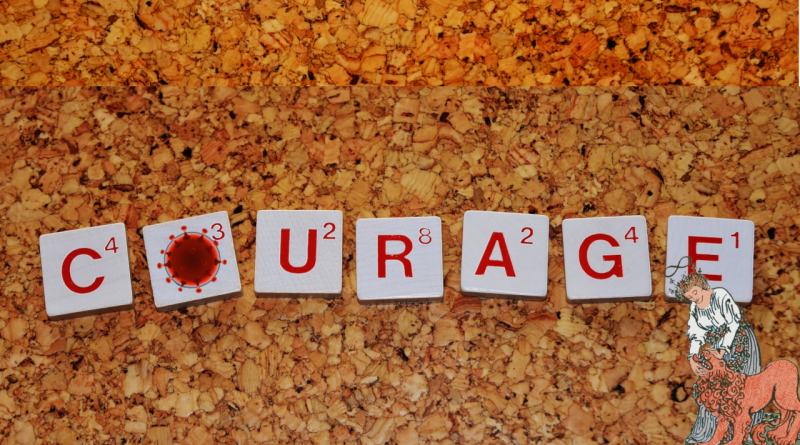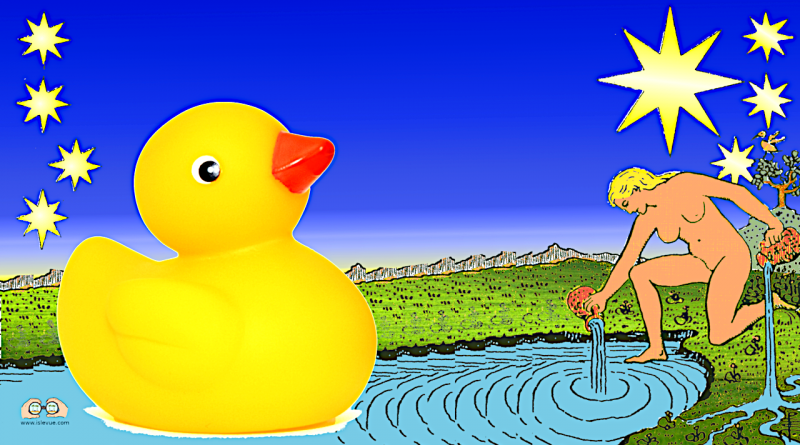Temperance—A Pandemic Virtue
"What trumps Death, number thirteen?" "Why, number fourteen, of course. Temperance!" Here go I, looking for a bit of exemplary virtue in the Tarot in the midst of this World Pandemic of 2020, stumbling across a message of hope specifically stating that humans will survive the dark night of plague, and arrive at a bright morning when it’s all done. Waite has overlaid an extraordinary, two-part message upon Temperance. It is that firstly, though many may die, God made a promise to never kill off the human race (again). Secondly, that the light and joy of the divine kingdom, AKA the second coming, is imminent. You don’t have to believe in Jesus to be moved by these messages. Think of it as a perfect example of Tarot’s ability to touch a person deep inside with an unexpected insight which happened to be exactly what was needed, when it was needed. And while those who sit out the pandemic on a sofa with a drink in hand may think of temperance as something having to do with alcohol, it is indeed a virtue daily practiced by many essential workers, either through dedication or by necessity. The Temperance of RWS promises them heaven. With references to self-restraint, survival after plague, and the promise that God won’t kill off all mankind, Temperance may be the most appropriate card of the Tarot deck for us at this time, during the pandemic of 2020. The message of Temperance in RWS is "hold on, have faith, we’ve nearly arrived at a better place."
Read More

